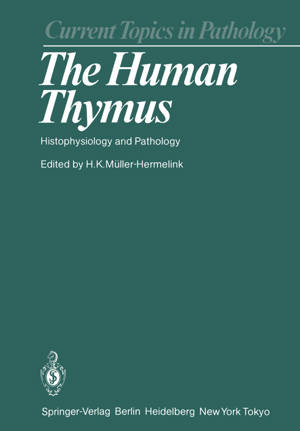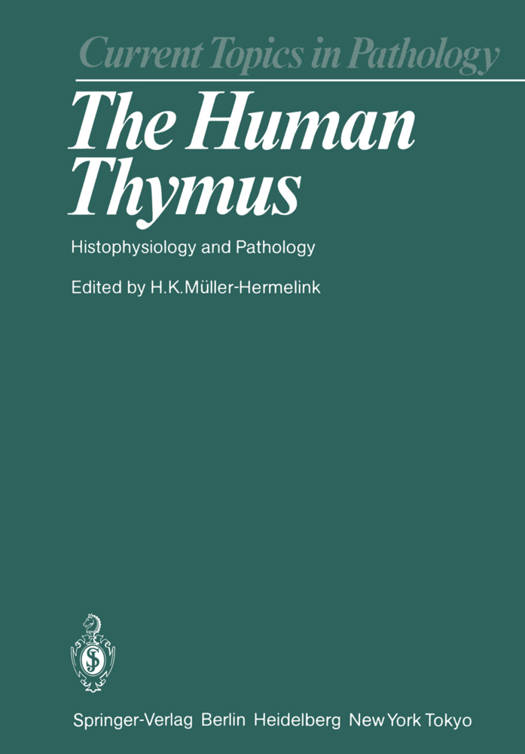
- Afhalen na 1 uur in een winkel met voorraad
- Gratis thuislevering in België vanaf € 30
- Ruim aanbod met 7 miljoen producten
- Afhalen na 1 uur in een winkel met voorraad
- Gratis thuislevering in België vanaf € 30
- Ruim aanbod met 7 miljoen producten
Zoeken
The Human Thymus
Histophysiology and Pathology
€ 131,99
+ 263 punten
Omschrijving
Twenty-five years have passed since J. MILLER'S basic work on the central role of the thymus for the generation of immunological reactivi- ty. During this time, the abundance of fascinating literature on the immunological and functional aspects of this organ has been in contrast to the paucity of reports on its role in pathology. The causal or formal pathogenesis even of many of the well-documented pathological fea- tures is so far unexplained or at least uncertain. In spite of some concep- tual progress related to the work of CASTLEMAN, LEVINE, and ROSAI, we regrettably have to say that in pathology the thymus remains almost as inconspicuous as 25 years ago. Only the new techniques developed in recent years have made it possible to look as closely into the complicated structural organization of the thymus as it appears to be necessary to observe and document abnormalities. Major steps have been taken with the advent of mono- clonal antibody immune histochemistry and with detailed ultrastructur- al studies in embryology. At this point, pathologists and researchers with a special interest in the thymus were asked to give overviews of their respective fields of interest in light of recent findings in immunology and basic insights into the structural-functional interrelationship of the human thymus. The results of this initiative have been brought together in this volume.
Specificaties
Betrokkenen
- Uitgeverij:
Inhoud
- Aantal bladzijden:
- 278
- Taal:
- Engels
- Reeks:
- Reeksnummer:
- nr. 75
Eigenschappen
- Productcode (EAN):
- 9783642824821
- Verschijningsdatum:
- 10/01/2012
- Uitvoering:
- Paperback
- Formaat:
- Trade paperback (VS)
- Afmetingen:
- 170 mm x 244 mm
- Gewicht:
- 471 g

Alleen bij Standaard Boekhandel
+ 263 punten op je klantenkaart van Standaard Boekhandel
Beoordelingen
We publiceren alleen reviews die voldoen aan de voorwaarden voor reviews. Bekijk onze voorwaarden voor reviews.










